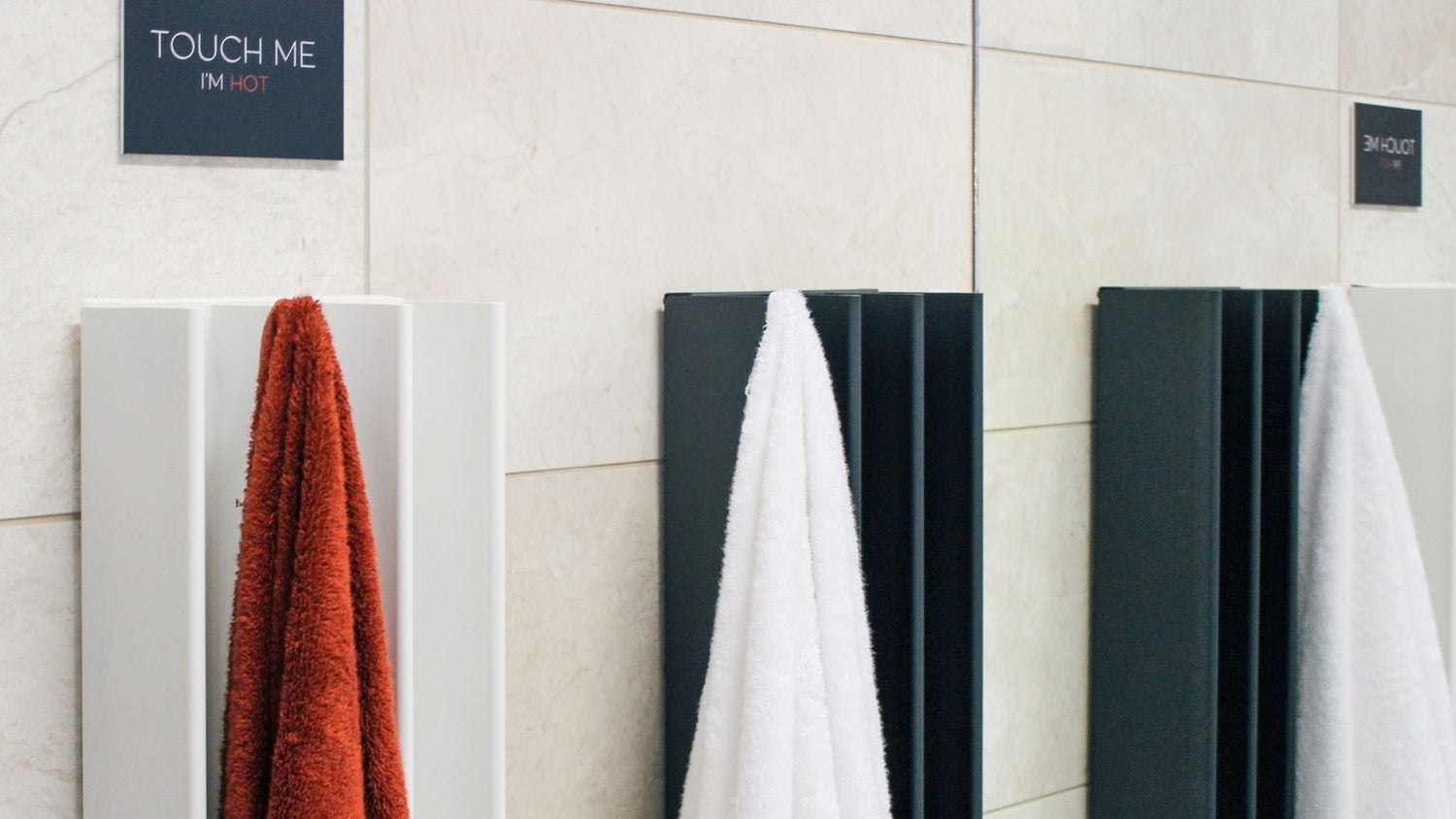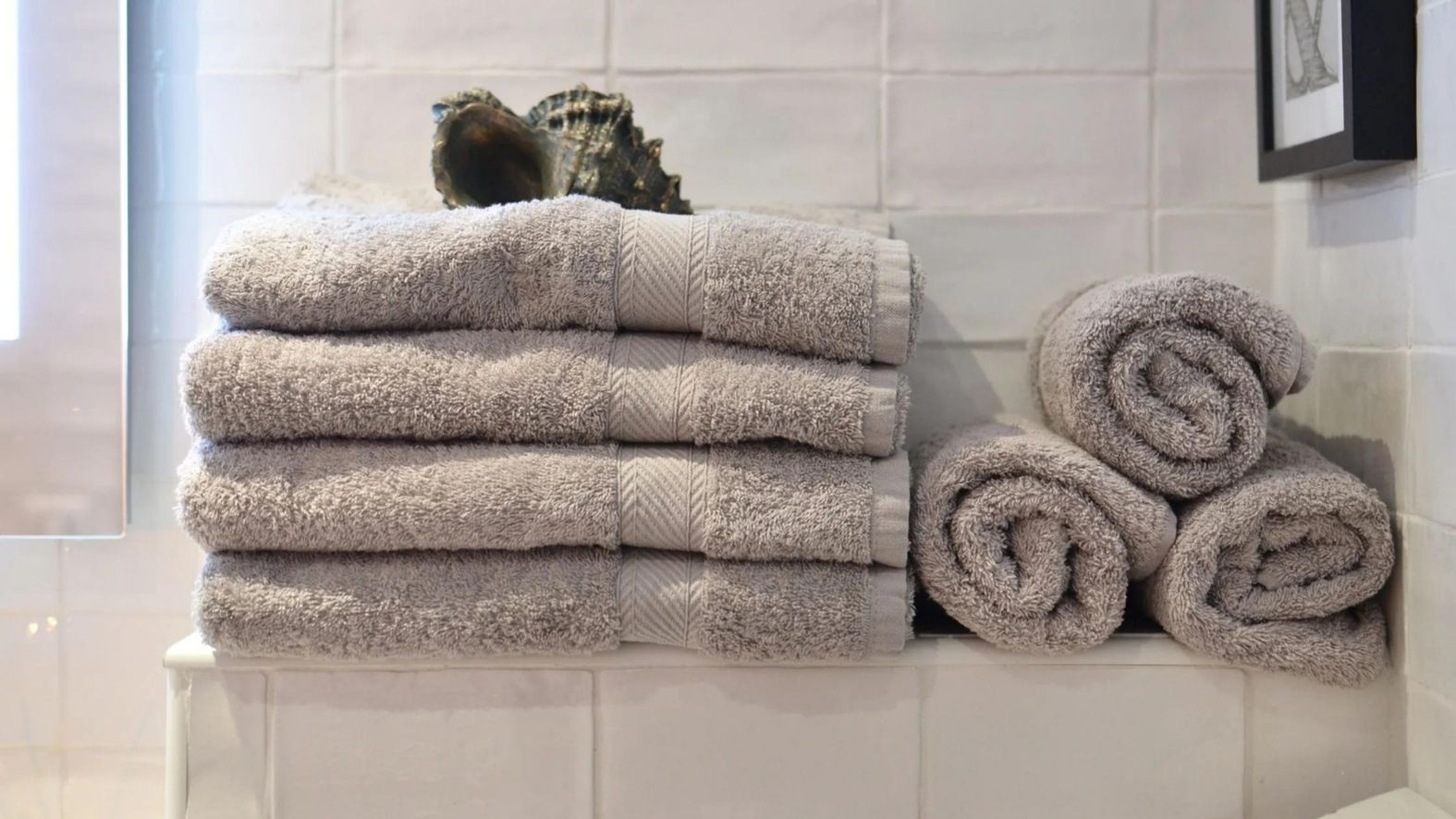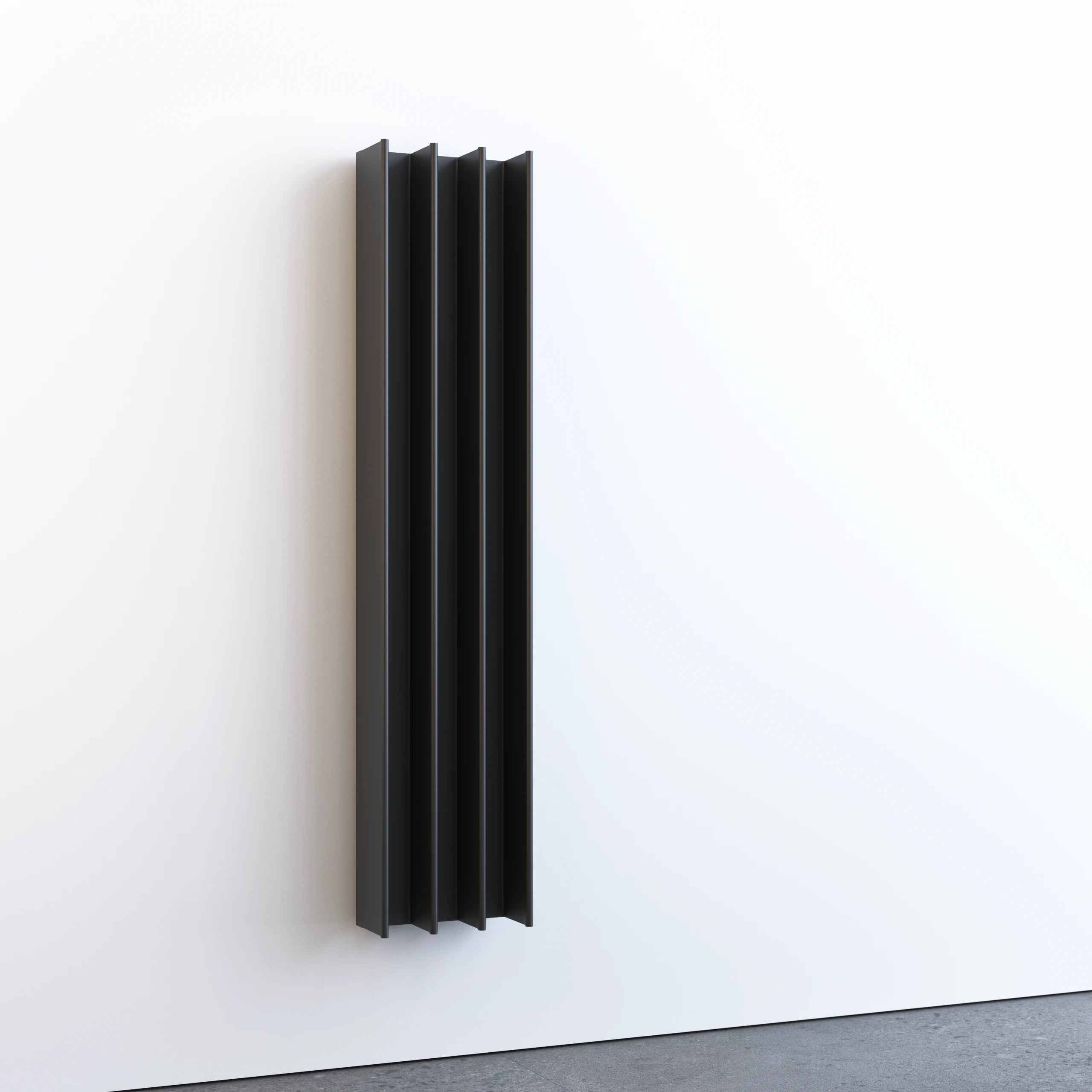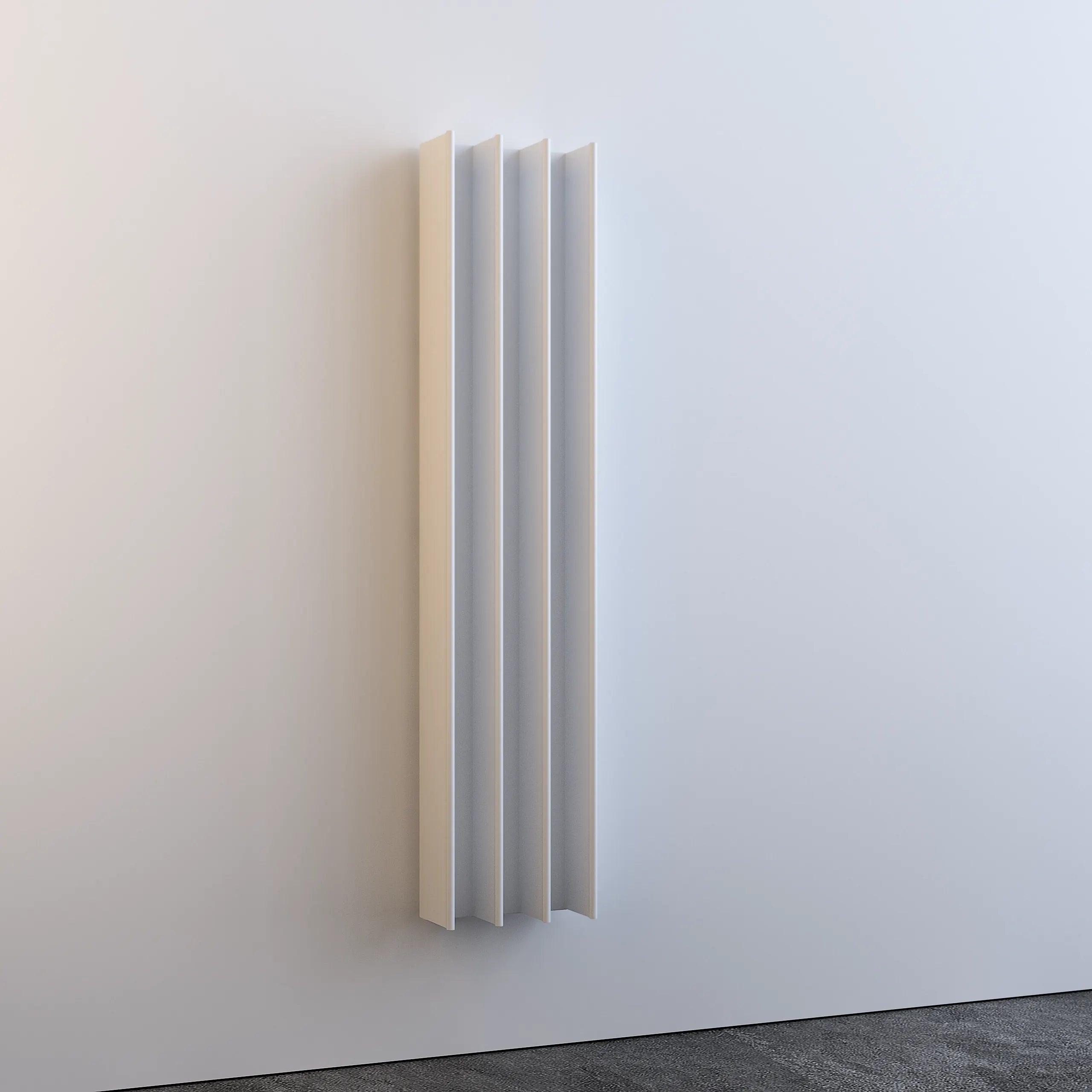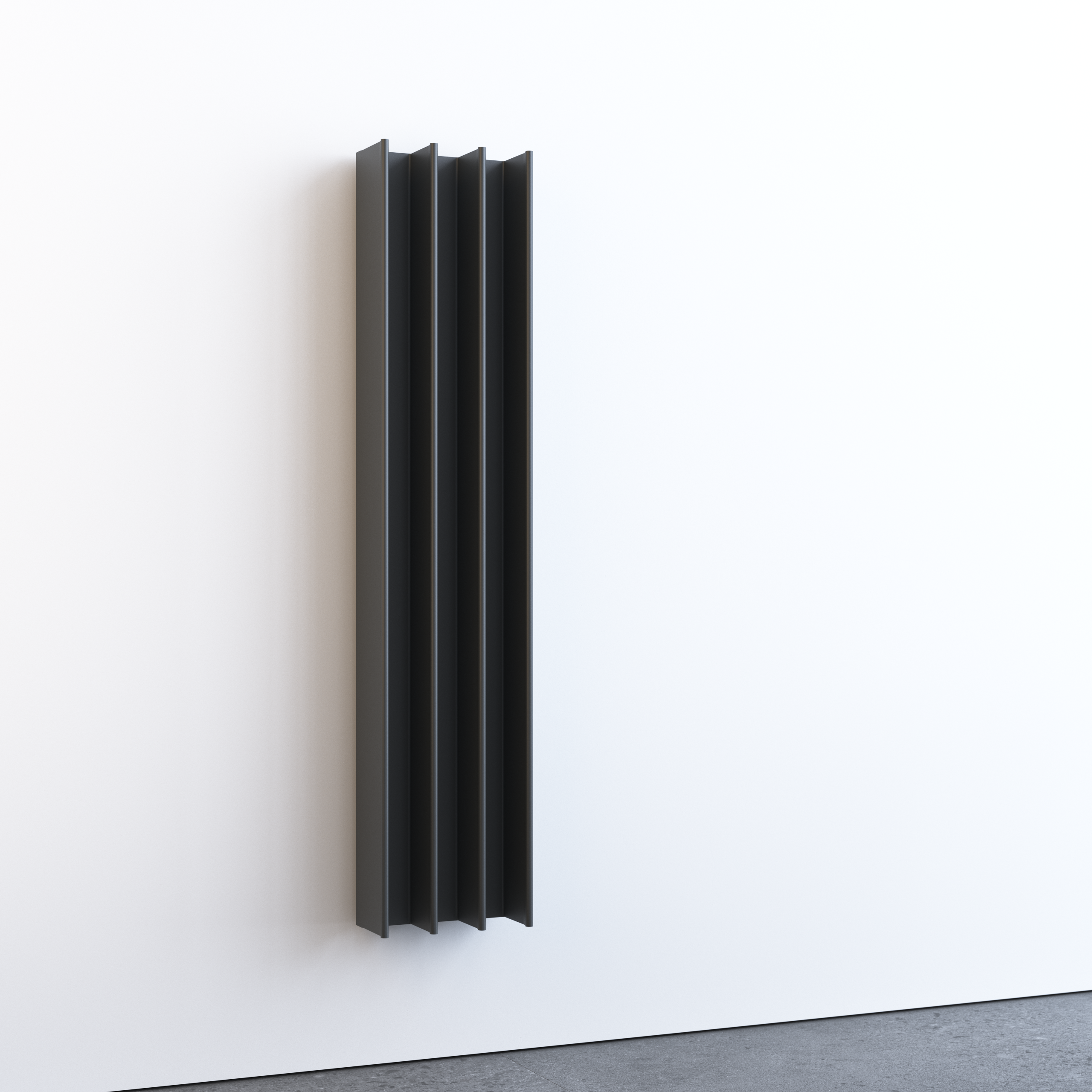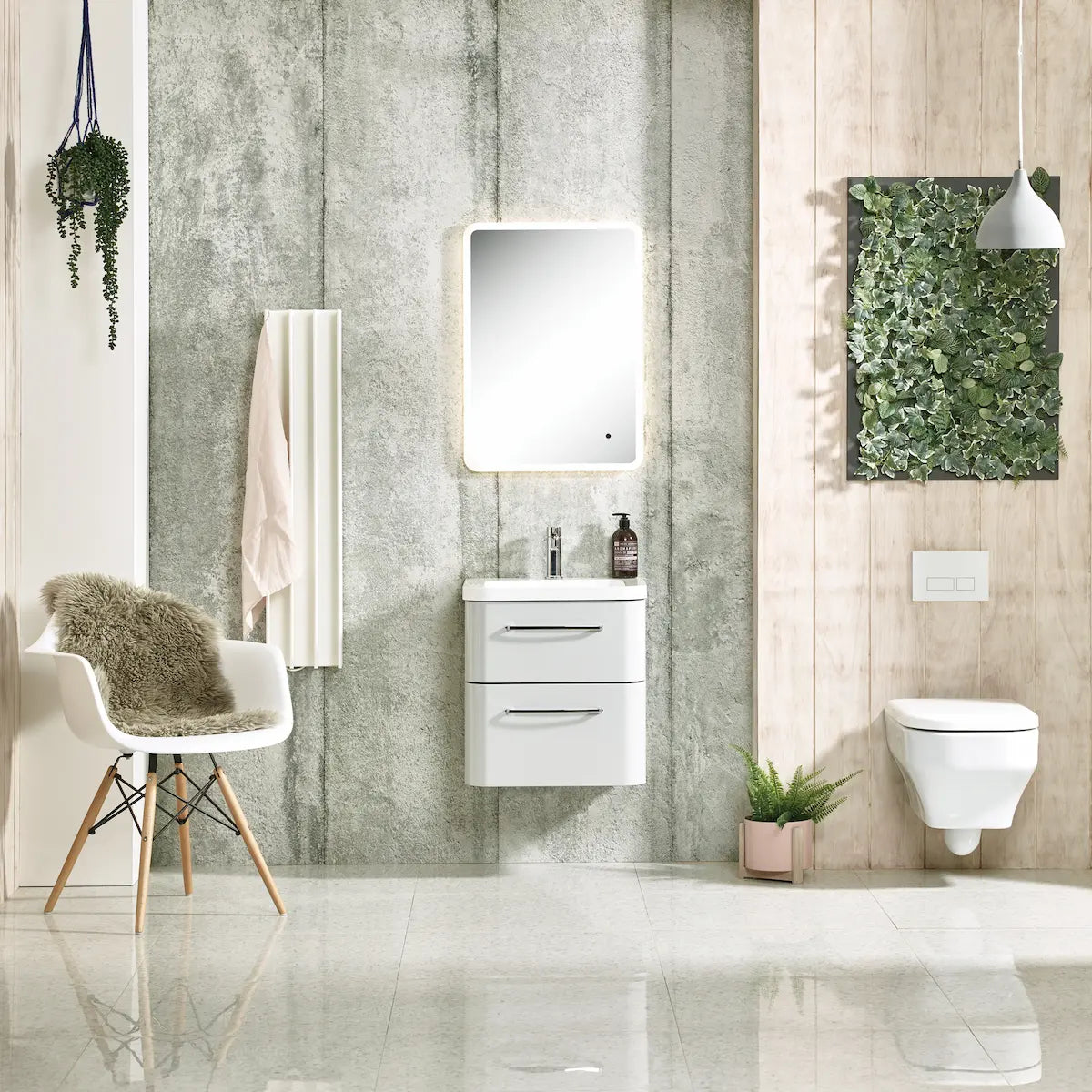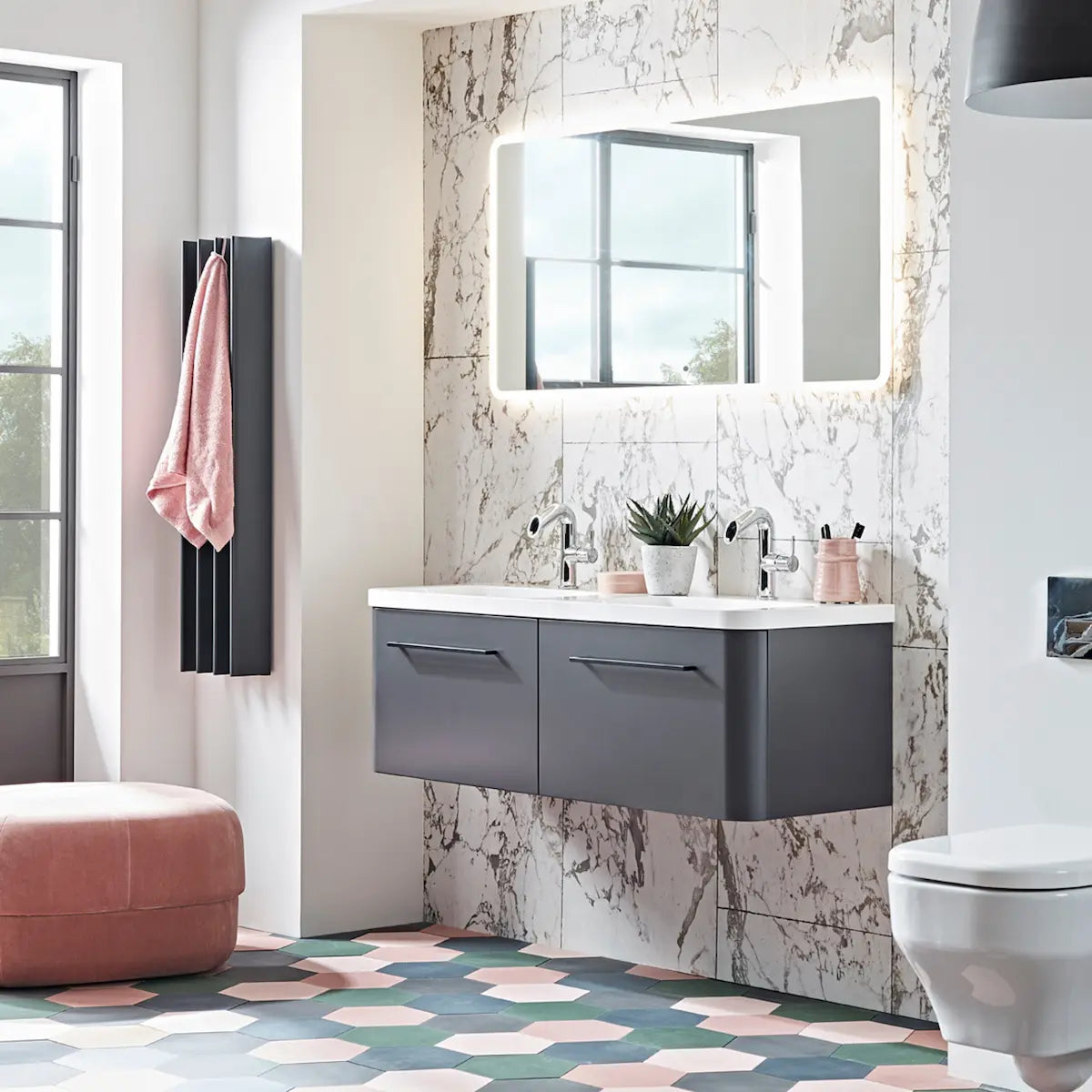Whether you live in a cold climate or a humid area, having a heated towel rail in your bathroom is fast becoming a necessity rather than a luxury. A heated towel rail will not only dry your towels, but it will also warm them up for when you step out of the shower or bath to get dry. And that is luxurious.
If you’re in the market for a heated towel rail, one of the first things you may have noticed is that there a few options you can choose. In particular, you can choose from free standing or wall mounted models. Which is best for you and your home? Let’s look at some of the pros and cons.
Free standing heated towel rails
We did say that heated towel rails are fast becoming a necessity. Well, for some people, they’re so essential that they want to take their heated towel rail with them everywhere. Some even want to take them on holidays by packing them inside the caravan or taking them to their hotel. Just don’t try to get yours in the carry-on luggage!
The fact that you can take a free-standing heated towel rail with you virtually everywhere – although you will of course need power to use it – is their key advantage. This means you can use your unit in the living area, laundry, bedrooms, utility rooms, the garage or even outside. Of course, you can also use your free-standing heated towel rail in your bathroom or across multiple bathrooms.
This portability makes the free-standing heated towel rail a good option if you rent or move around a lot, as you can simply transport your unit wherever you call home.
Another advantage is that you don’t need to pay for installation costs. Purchase your free-standing heated towel rail, take it home and unpack it, and it’s ready to plug in and use straight away.
Wall mounted heated towel rails
The portability of a free-standing model may sound terrific, but at the end of the day the vast majority of people use heated towel rails on one room only, and that’s the bathroom. So, for most people, transportability isn’t important.
If you are only going to use your heated towel rail in your bathroom, a wall mounted model is usually your best option. They look neater, there are more models, sizes, shapes and options to choose, and with no feet, there’s no danger of stubbing your toe on a cold morning when you’re still half asleep!
What about installation costs? If you purchase a wall mounted model that plugs into a power point you may be able to do the install yourself. Mounting on tiles is a little more difficult, but not something that should put off most DIYers.
Undoubtedly, however, having a towel rail with hidden wiring is the best option. It looks much easier on the eye, removes clutter and is a safer choice. As with any hard wiring work, this is something only a licensed electrician can undertake, so you do need to factor in installation costs.
Still, the investment is worth it for most people. Plus, if you get your heated towel rail connected to a timer switch at the same time (make sure the model you choose has this option) you will save money.
Heated towel rail and timer a match made in savings heaven
The value of having a timer to control when your heated towel rail comes on and off can’t be underestimated. Although it can be calculated.
Timers work by allowing you to set on and off times. Let’s say you shower in the morning at around 8am. You could set your towel rail to come on at 7am, so your towel is lovely and warm for when you have your shower. Then, set it to turn off at 10am or however much time is required to dry your towels.
So, instead of operating your unit for 24 hours a day, which is a waste of energy and unnecessary, you can operate it for 3 or perhaps 4 hours a day. Of course, you can turn your plug-in model on and off when it suits, but most of us are likely to forget and leave it on all day.
How much could you save by using a timer? While the energy usage of heated towel rails does differ, you could expect to pay around $1.75 a day if you left your unit on for 24 hours. Set it with your timer to operate for 4 hours a day and you’ll only pay around 30 cents.
That’s a saving of $1.45 a day, over $10 a week or $527 a year. That’s the installation costs well and truly taken care of with plenty left over!

